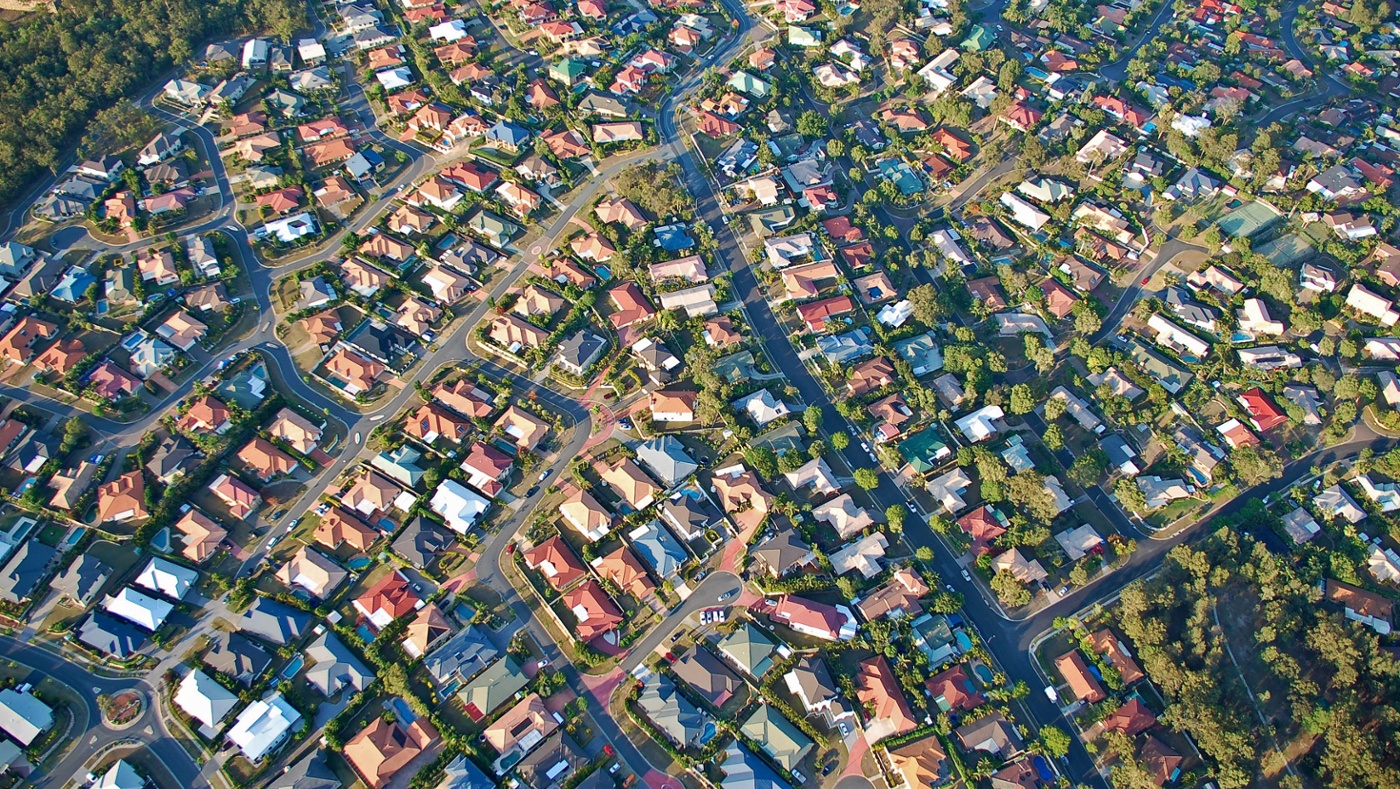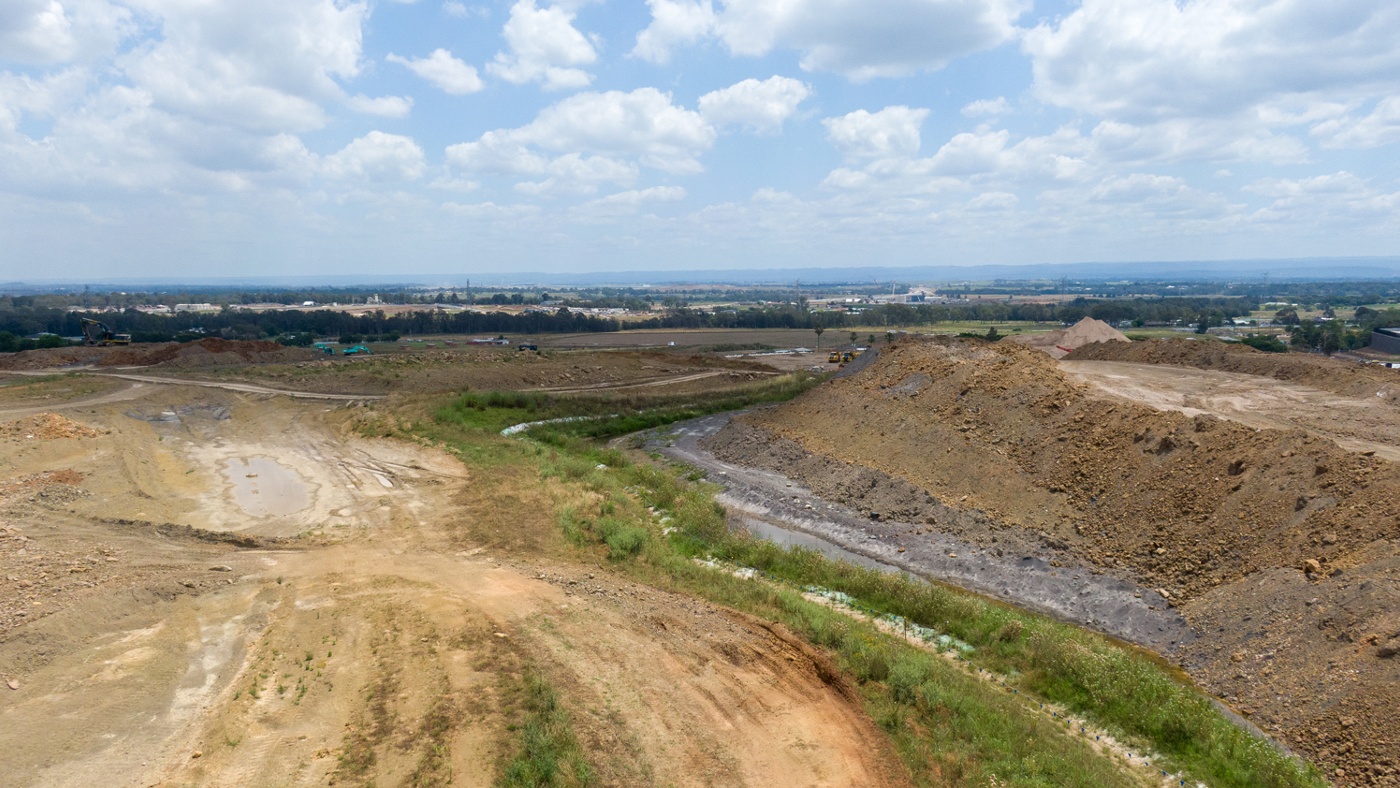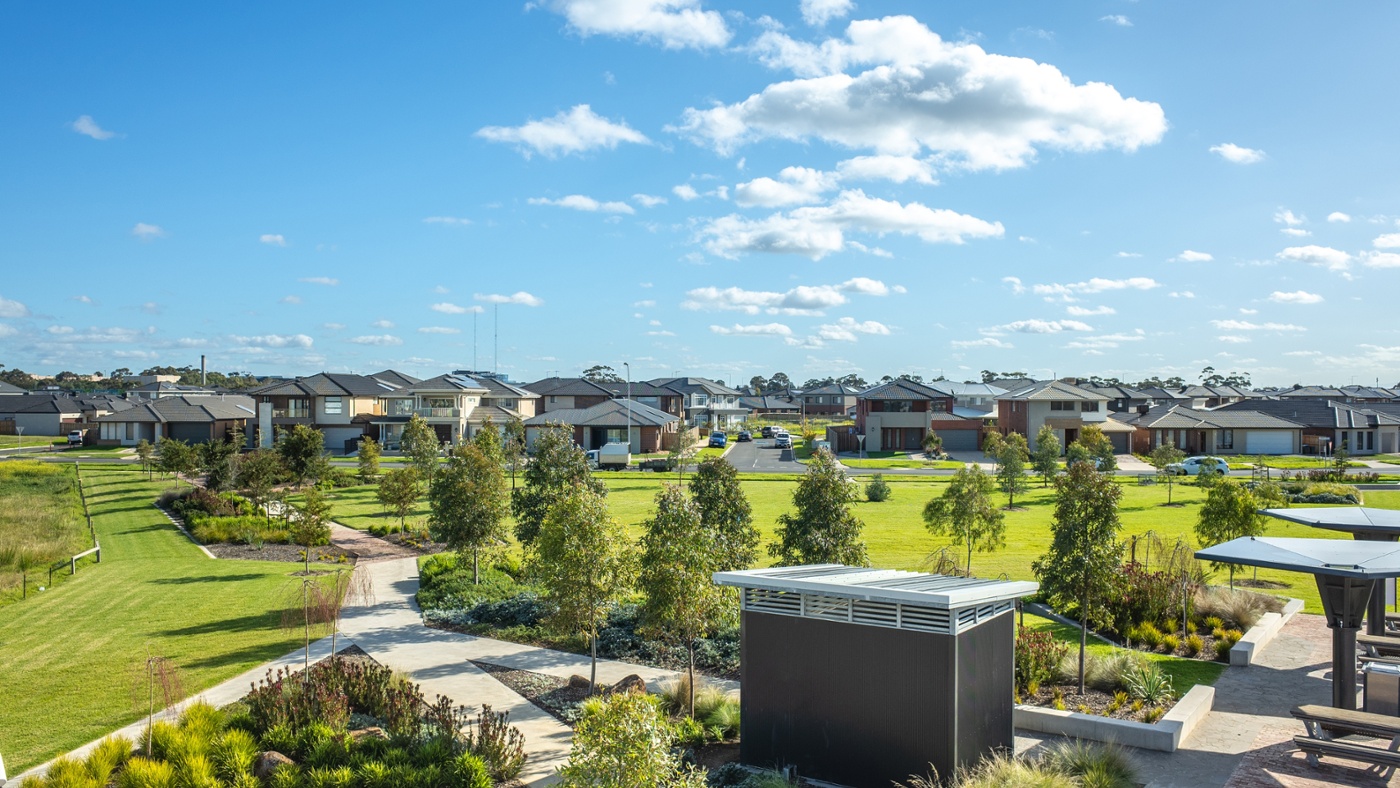The Federal Budget has raised some mixed messages for the outlook for the property and built environment sector.
Front and centre is whether the budget initiatives add or detract inflationary pressure across the economy overall. Deflationary pressure provides a ray of light at the end of the high interest rate tunnel where we find ourselves, however, any inflationary pressure extends the interest rate pain a bit longer. The property sector appears to be in a holding pattern, waiting for clarity that interest rates have peaked, before moving into the next phase of the property development cycle.
In the short term, the budget delivers a measured expenditure profile and does not add materially to inflation. In the coming years however, the cost of living support initiatives, debt relief and tax cuts that have been announced will likely add some inflationary pressure across the economy, including services where inflation is already running hot.
Key implications for the property sector revolve around the Future Made in Australia policy and initiatives focused on housing delivery, community infrastructure and supporting a transition to a cleaner energy future.
While not an exhaustive list, major initiatives and investments that will have implications for property include:
- Future Made in Australia policy, which will support property outcomes related to manufacturing and renewable energy transition (including through innovation and research).
- Housing commitments to support the traditional dwelling delivery target of 1.2 million new homes by 2030, as well as support for social and affordable housing.
- Transport infrastructure investment (road, rail and active transport) will help unlock and activate areas in Western Sydney, metropolitan Melbourne, SE QLD, ACT and Perth. The budget also includes a business case for investing in high-speed rail between Sydney and Newcastle.
- Additional funding for training and migrants focused on increasing the housing and construction workforce.
- Initiatives to speed up residential project investment, approval and delivery.
- Funding to support energy companies' transition to renewable energy.
- Funding for community infrastructure, including schools and hospitals across the states and territories.
- Defence expenditure to upgrade existing bases across northern Australia.
This year’s budget certainly continues the government's focus on housing delivery as one of the major property priorities, however, we know there is a big difference between announcements and action on the ground. The fruits of "labor" are unlikely to be felt in the near term, however, initiatives such as training and targeted migration to grow the construction workforce is a step in the right direction.
For property, the budget did not include deal-breakers or game-changers, so it appears that these next few months will be more of the same as we approach the interest rate light at the end of the tunnel in late 2024 or early 2025.
Finally, while the budget included many great outcomes to enhance Australia's well-being, the Federal Government’s Measure What Matters Framework did not evolve. The Australian Bureau of Statistics however, received $57.9 million over six years. This will modernise data collection and provide the information we need to provide a broader picture of community well-being.
Related Insights

NSW Low and Mid-Rise Housing Reforms

NSW Government Releases Industrial Lands Action Plan

Renewable Energy in Focus





